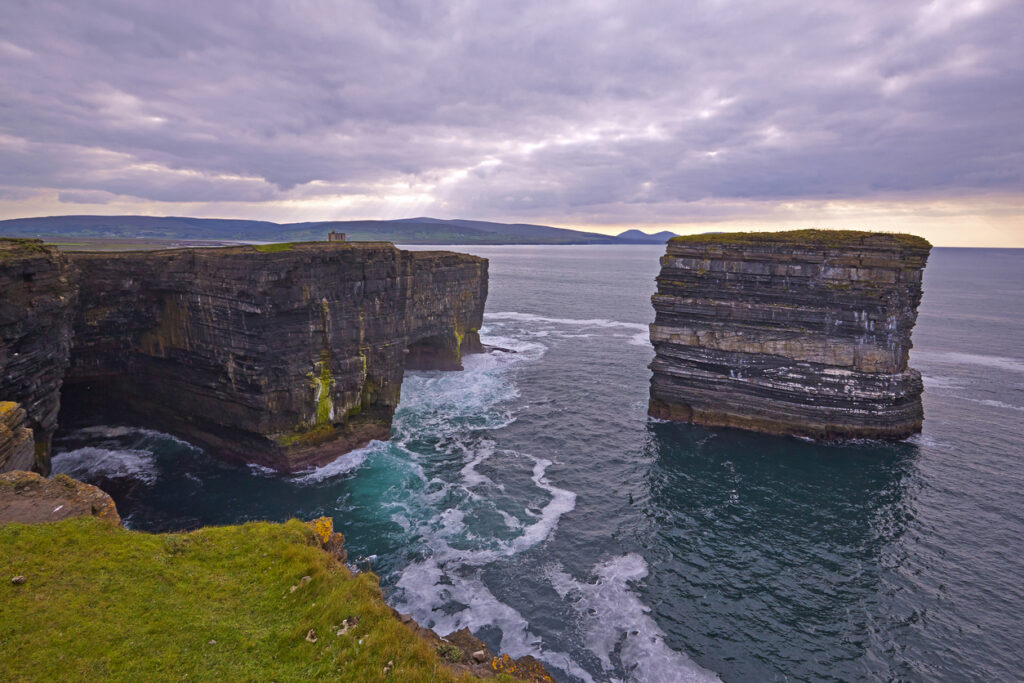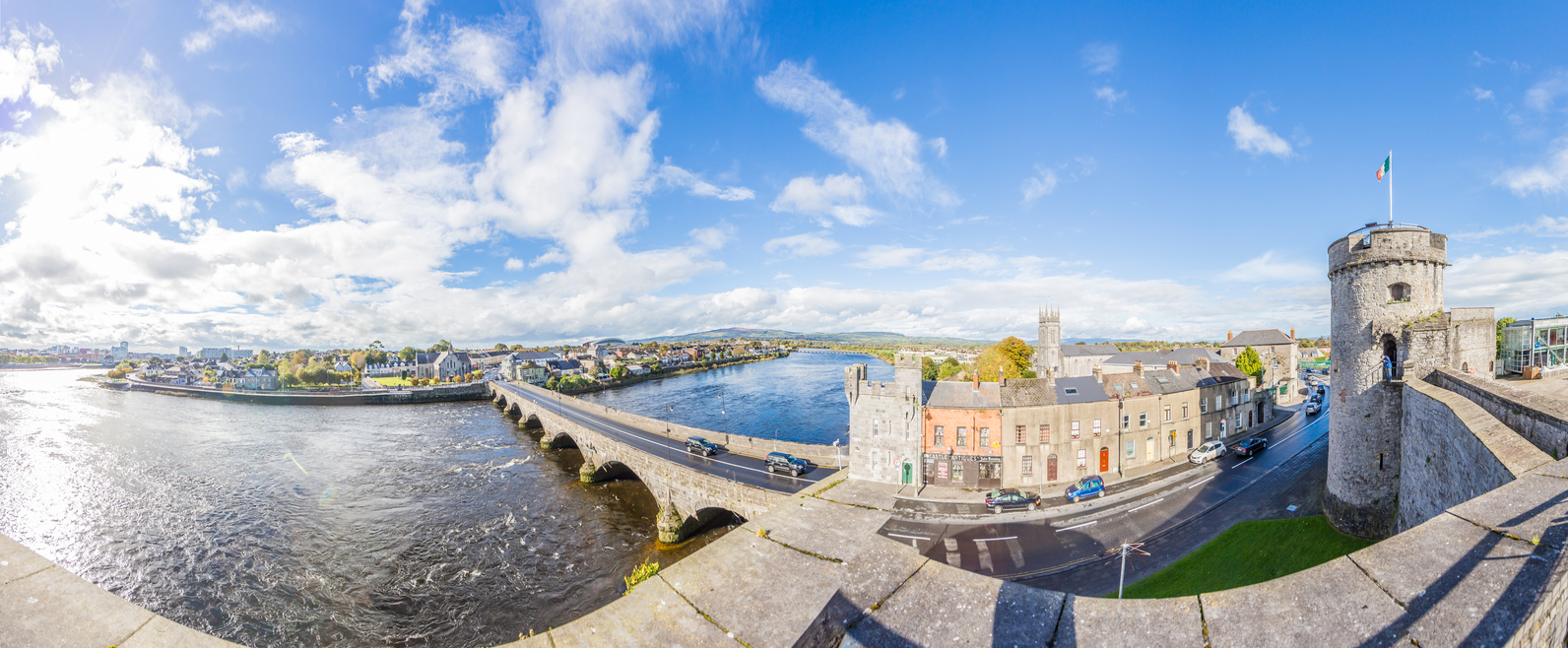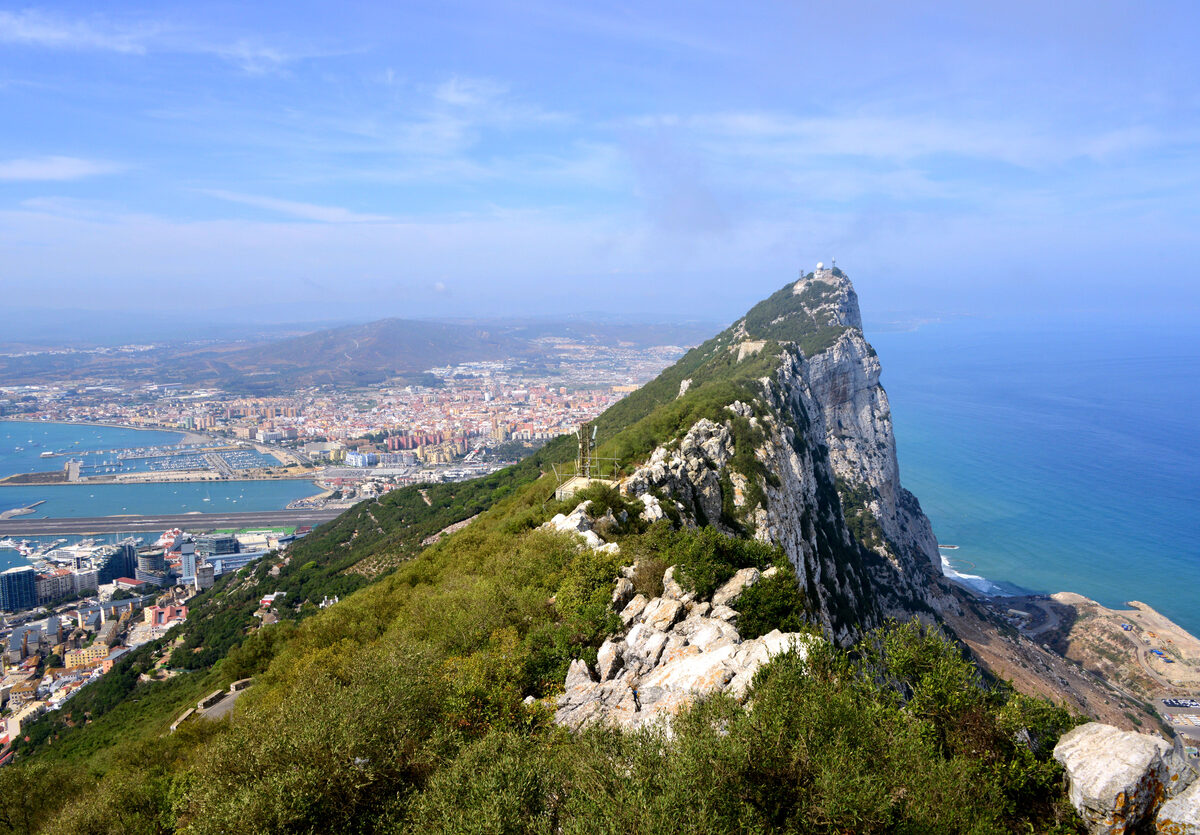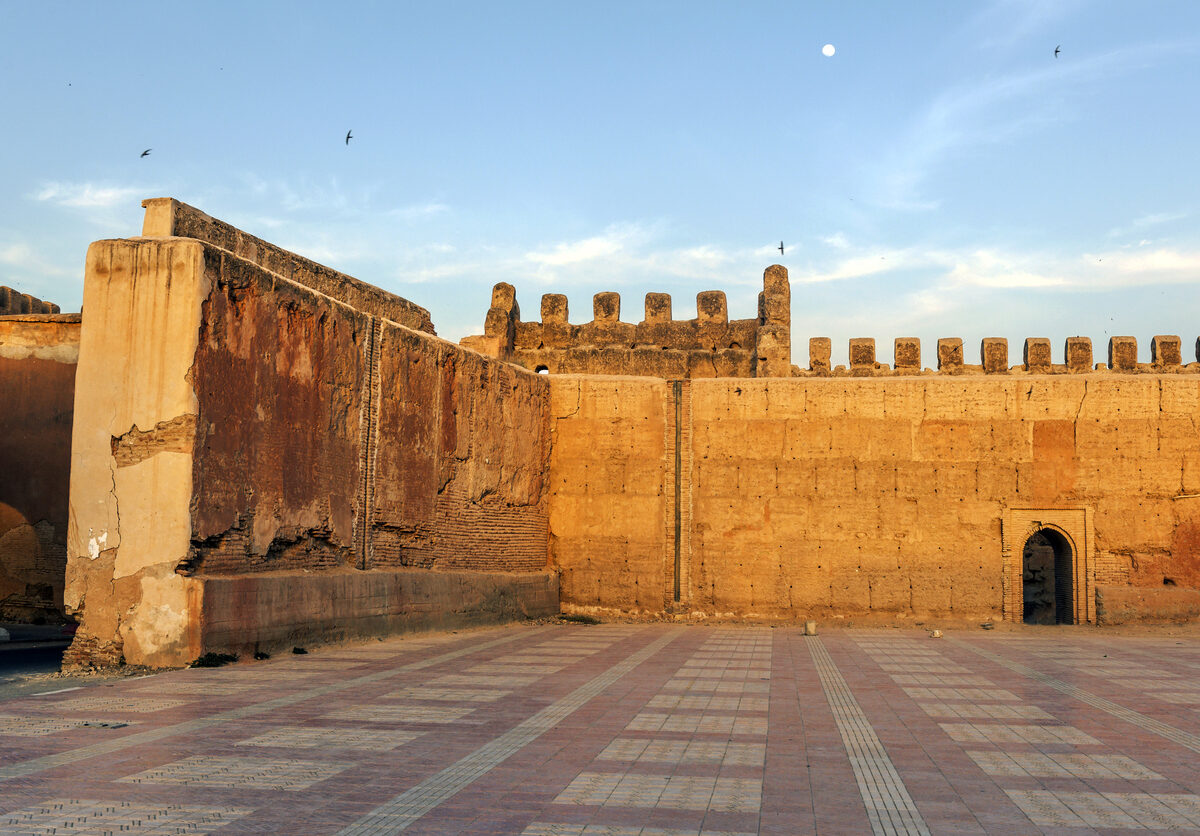Isle of Man is ideally located on an Irish island 33 miles long and 12 miles wide. Ideal for mid-points in England, Northern Ireland and Scotland. Boasting a mild climate, this popular getaway has over 100 miles of beautiful coastline, made up of sandy beaches and rugged cliffs. Most of the islands are undulating and hilly, with lowlands and warmth, gentle highlands, narrow valleys with waterfalls, and woodlands.
The Isle of Man does not belong to England, but is crown dependent. The island houses the oldest Tin Baltic Court in the world (the Queen is the island’s sovereign and shareholder, represented by the Lieutenant Governor). The island-the famous TT (Tourist Trophy) motorcycle race known as its world- easily accessible by ferry from Liverpool. It also has its own airline, Manx Air, which offers round-trip flights to and from large English, Scottish and Irish airports.
1 Douglas’s Village
Douglas, the very small capital of this tiny island nation, is the edge of a beautiful bay where the Douglas River flows. Visitors can enjoy panoramic views of the large bay from the two-mile promenade, and landmarks such as the Harbor of Refugees, and a small castle-like structure built to house wrecked sailors at St Mary’s Isle. The city offers a wide range of accommodation options, from luxury hotels to modest guest houses. Various attractions include trams with carriages, swimming pools and golf. The handsome building is a legislative building (home of the Manx Parliament) and a reconstructed building Villa Marina and Gardens that host regular outdoor concerts. The Royal Hall and the excellent Gaiety Theater are the venues for a variety of cultural events.
2 Douglas head

Some of the best views of the Isle of Man are available from Douglas Head. Douglas Head is a rocky outcrop overlooking Douglas Harbor and can be accessed along historic Marine Drive. (You have to stop for photos as you enter the drive’s ornate door.) In addition to the view, you can see famous photos. Grand Union Camera Obscura. Perched on a hill, this unique renovated 19th-century charm uses natural light and a series of mirrors to project images of the surrounding area onto the walls of a dark building, creating a stunning effect. Other remains of the island’s popular ruins among Victorian tourists are the old amphitheater, concrete steps and the arena of sitting still in place. Another landmark is the William Hillary Statue, a tribute to the founder of the Royal National Lifeboat Institute and a long-standing resident of the island.
3 Tynwald’s Day
Anyone visiting the Isle of Man in early July should not miss the great Tynwald Day ceremony as part of the Manx National Week celebration. Held on the 5th of July every year since 1417 at Tynwald Hill in St. See the proclamation.
Thousands of spectator’s head to St. John’s to watch the ceremony and its long processions, or attend fairs and markets accompanied by, free concerts, and spectacular fireworks. Even if you can’t attend Tynwald Day, be sure to visit the ruins and Millennium Stones erected from the stones collected by each parish to commemorate the 1000th anniversary of the National Assembly in 1979.
4 Isle of Man Museum
The excellent Man’s Museum covers over 10,000 years of the island’s history. The exhibits feature replicas of past indoor and home equipment, as well as works of art by artists Manx and other British painters on display at the National Gallery. Of particular importance is the collection of important data from the Celtic and Viking periods, including the collection of Manx crosses. Other highlights include exhibits and artifacts related to the island’s famous TT Races, and life during the two World Wars. The museum is also home to the National Library and teahouses and gift shops.
Hours: Mon-Sat, 10 am-5 pm
Sign up for free
Address: Kingswood Grove, Douglas, Isle of Man, Douglas
5 Castle Town and Catle Russen
Castletown is the island’s capital for centuries, where you can find Rushen. This former royal residence was built on the site of the Viking stronghold in the early 13th century. And despite its times, the castle is very well preserved and has a prominent location in the heart of the town.
Highlights include the South Tower (announced by Elizabeth I in 1597), a unique sundial with 13 dials, and one of the island’s greatest treasures. A Celtic cross taken from a calf, a small maritime island. The castle today serves as a museum showing the life of the island’s former kings. The guide in period costume adds an air of authenticity. Also in Castletown, the 1702 St. Founded in Mary’s Chapel, there is the Old Grammar School and is now a museum documenting Victorian-era education and the Maritime Museum with a fascinating collection of historic model ships.
Hours: Daily, 10am-5pm (March-November)
Entrance fee: Adult, £6; Children, 3 pounds
Address: Arbory Rd, Castletown, Isle of Man







